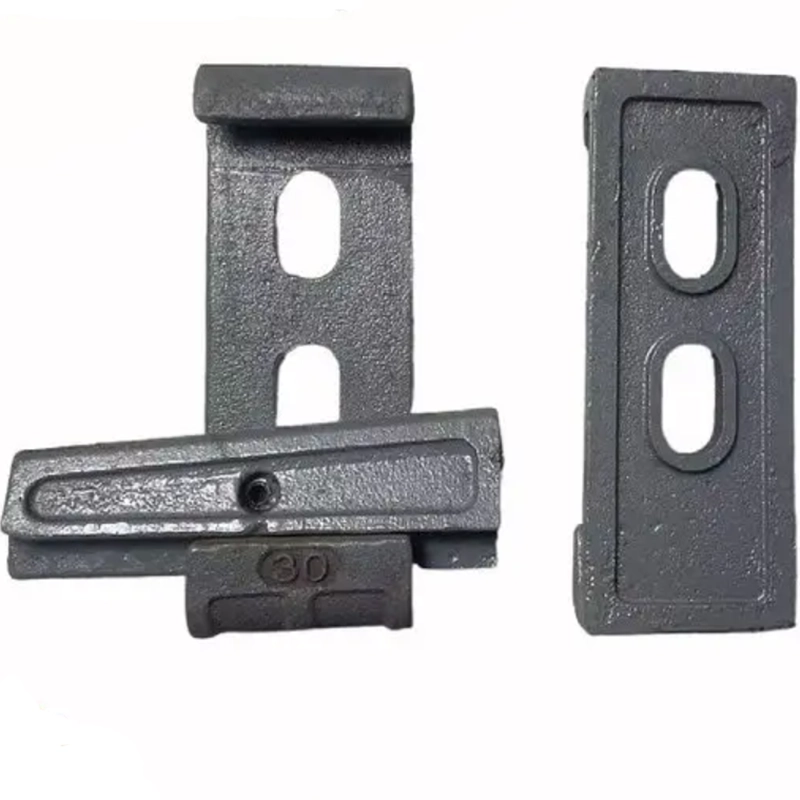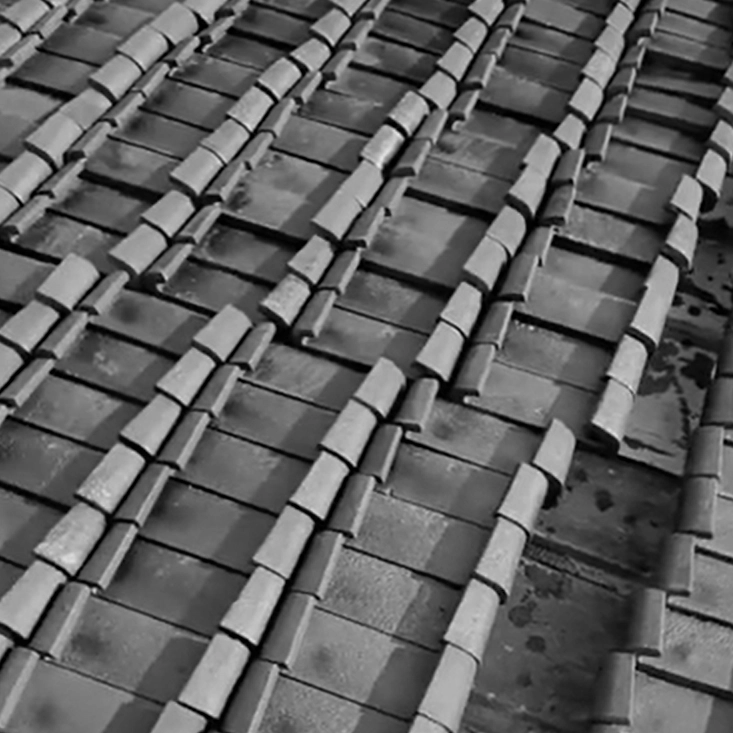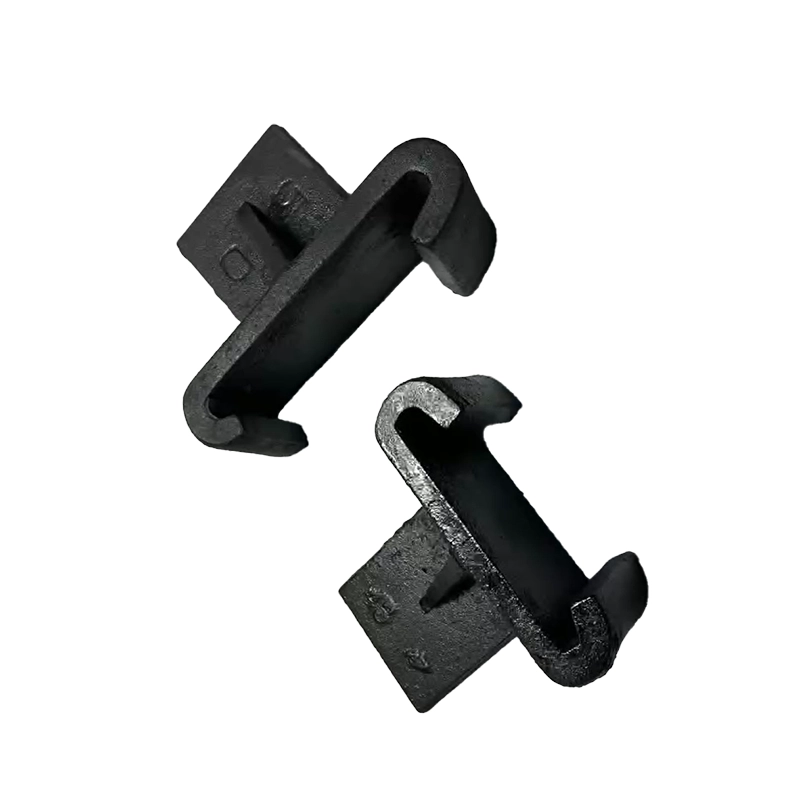Rail Anchor for Mining
Overview
Rail anchors prevent longitudinal movement of rails caused by thermal expansion, braking, traction and track settlement. Designed for mining environments, our anchors balance holding capacity, durability and on-site serviceability, and are compatible with common rail profiles and sleeper types (timber, concrete, steel).
Types & Models
Spring Anchors — Spring steel construction for resilient clamping and strong holding power; ideal for frequent loads and high retention needs.
Drive-in / Drive-on Anchors — Compact and fast to install; suited for bulk installations and remedial works.
Cast / Formed Custom Anchors — Tailored to historic or non-standard rail profiles.
Insulated Anchors (Optional) — Provide electrical isolation for track circuits and stray current mitigation; available with insulation test documentation.
Materials & Finishes
Materials: High-spring steel (e.g. 60Si2Mn / 65Mn) or specified alloy steels; cast/ductile iron for bespoke designs.
Finishes: Hot-dip galvanizing, phosphate treatment, epoxy or other corrosion-resistant coatings. For corrosive environments consider additional coating or stainless options.
Typical Applications
Heavy haul mainlines, loading/unloading yards and steep gradients.
Sections with soft ballast or settlement risk.
Signal/track-circuit areas requiring electrical isolation (use insulated variants).
Installation & Maintenance Guidance
Installation: Use specified installation tools; drive-in anchors require appropriate impact equipment or hand tools as supplied.
Inspection: Monthly visual checks plus scheduled functional inspections (check contact, wear, displacement, corrosion).
Lifecycle: Track anchors in critical areas should be logged (model, location, install/inspect dates, test results).
QA & Delivery Documentation
Supply includes: material certificates, mechanical/elasticity test results, fitment checks, surface treatment verification (e.g. coating thickness) and insulation test reports if applicable.
Ordering Notes
Include rail cross-section (or rail ID), sleeper type, max axle load, typical speed, grade/stop points, corrosion exposure, insulation/coating requirement, lead time and annual quantity.
Call to Action
Request a sample and layout recommendation — send your rail cross-section and key operating parameters and we’ll propose matching anchor types plus a preliminary quotation.
FAQs
Q:Can anchors be retrofitted to existing lines without major disruption?
A: Yes. Drive-in and certain spring anchors are suitable for retrofits. Work should be planned during maintenance windows to minimize operational impact.
Q: Is installation difficult? What tools are needed?
A: Spring anchors require compression or clamping tools; drive-in anchors are installed with impact tools or specified equipment. WE usually provide installation tools and instructions.
Q: What information is required when placing an order?
A: Provide rail cross-section or rail ID, sleeper type, max axle load, typical speed, grade/braking locations, corrosion exposure, insulation/coating requirement, annual quantity and sample needs.


